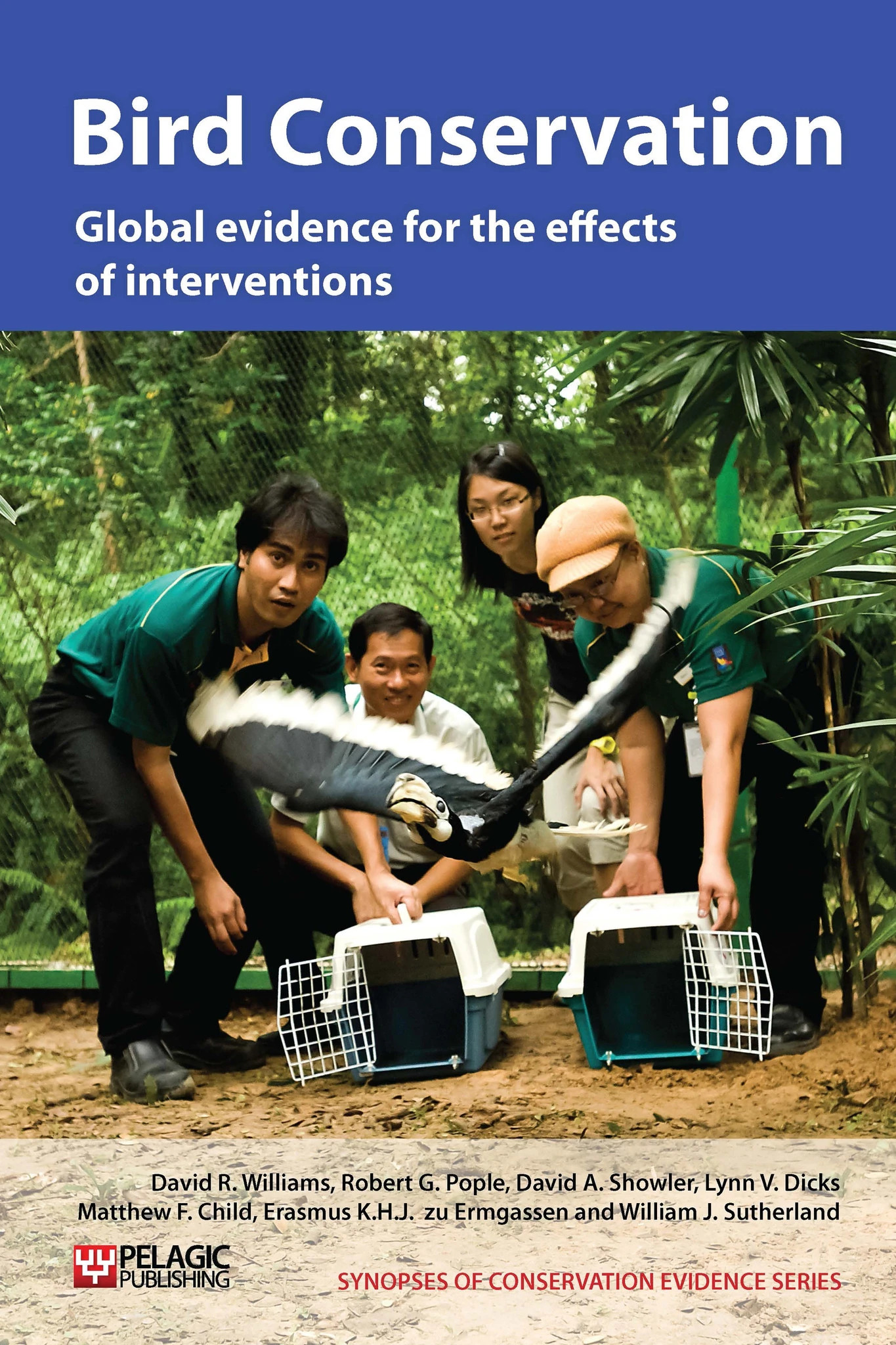Release captive-bred individuals into the wild to restore or augment wild populations of bustards
-
Overall effectiveness category Unknown effectiveness (limited evidence)
-
Number of studies: 4
View assessment score
Hide assessment score
How is the evidence assessed?
-
Effectiveness
34% -
Certainty
26% -
Harms
5%
Study locations
Supporting evidence from individual studies
A review of a captive breeding programme in southwest Saudi Arabia (Seddon et al. 1995) reported that, of six houbara bustards Chlamydotis undulata macqueenii released in three separate trials in 1991-2, only two survived, of which one was recaptured. This programme is discussed in more detail in ‘Use captive breeding to increase or maintain populations’, ‘Use artificial insemination in captive breeding’ and ‘Artificially incubate and hand-rear birds in captivity’.
Study and other actions testedA review (Jaime et al. 1996) of the same release programme as in Seddon et al. 1995 found that houbara bustard Chlamydotis undulata macqueenii releases were most successful when sub-adult birds were released into a large (4 km2) fenced enclosure, compared with releases of birds without an enclosure, releases of chicks or releases of sub-adult birds with clipped wings. Four adults and sub-adults were released without an enclosure in 1991 and all were killed within three days by foxes. This study is also discussed in ‘Use captive breeding to increase or maintain populations’ and ‘Use artificial insemination in captive breeding’. The other release techniques are discussed in ‘Release birds in ‘coveys’, ‘Use holding pens at site of release’ and ‘Use holding pens at site of release and clip birds’ wings’.
Study and other actions testedA review (Gelinaud et al. 1997) of the same release programme as in Seddon et al.1995 reports a houbara bustard Chlamydotis undulata macqueenii population established in southwest Saudi Arabia through releases of captive-bred birds in 1993-4 (discussed in Combreau & Smith 1998), bred for the first time in 1995. Of 22 females and 13 males in the population, three females and one male were confirmed as breeding. One yearling female raised three chicks to fledging (at 38-42 days old) whilst two other females laid a total of three eggs, all of which were infertile. The authors suggest that infertility may be caused by a low density of males and inexperienced females. One infertile brood was replaced with fertile eggs, discussed in ‘Foster eggs or chicks with wild conspecifics’.
Study and other actions testedA replicated trial (Combreau & Smith 1998) as part of the same release programme as in Seddon et al. 1995 and Gelinaud et al. 1997 found that 35 of 85 houbara bustards Chlamydotis undulata macqueenii (41%) released at a desert steppe site in southwest Saudi Arabia were successfully introduced. This study investigates how different release techniques affected survival, discussed in ‘Release birds as sub-adults or adults, not juveniles’ and ‘Use holding pens at release sites’. The effect of predator removal is discussed in ‘Control predators not on islands’.
Study and other actions tested
Where has this evidence come from?
List of journals searched by synopsis
All the journals searched for all synopses
This Action forms part of the Action Synopsis:
Bird Conservation
Bird Conservation - Published 2013
Bird Synopsis





)_2023.JPG)














